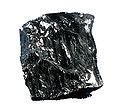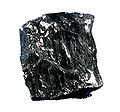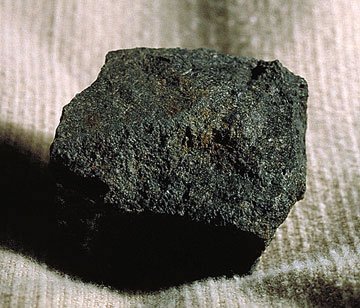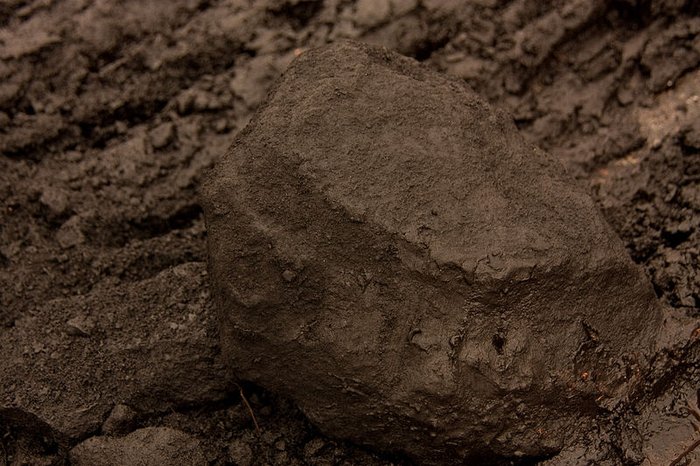
While “coal” is often described as a single commodity, in fact coal varies widely in important physical characteristics such as energy content (usually measured in British Thermal Units, BTU), carbon percentage, moisture content, presence of contaminants such as sulfur, etc. These attributes determine both the price of coal, and the uses to which it can be put, primarily steel production, electricity generation, and heating. Coal is usually divided into four “ranks”, from highest to lowest quality, although the exact definition of these ranks is variable.

ANTHRACITE COAL
 — 
<a class="figure-caption__link" href="/photos/anthracite-coal/">Get Photo</a></figcaption></figure>Anthracite : This is the highest ranked, hardest, oldest, and least common type of coal. It possesses a high energy content, high percentage of carbon (>85%) and relatively little moisture or volatiles. Anthracite and “semi-anthracite” are not found in economically recoverable quantities in Alaska. In the US anthracite is used primarily for residential heating and for some industrial processes and possesses an average “as-received” (including moisture and other minerals) energy content of 25 million BTU /ton (11,300 BTU/lb).

BITUMINOUS COAL
 — 
<a class="figure-caption__link" href="/photos/bituminous-coal/">Get Photo</a></figcaption></figure>Bituminous : This is the second rank of coal, softer and younger than anthracite, and containing a lower percentage of carbon (45-85%) and therefore more moisture and volatiles. Bituminous coal is not currently mined in Alaska, but the future Wishbone Hill Mine by Usibelli and the proposed Western Artic Coal Project by BHP Billiton would focus on this type of coal. This rank of coal is used for electricity generation as well as for steel production and possesses an average “as-received” energy content of 24 million BTU /ton (10,900 BTU//b) in the US.
Subbituminous : This is the third rank of coal, possessing 35-45% carbon and more moisture than bituminous coal. This is the rank of coal that is currently mined in Alaska by Usibelli in the Nenana Coal Field south of Fairbanks. The proposed Chuitna mine near Cook Inlet would also be located in a subbituminous coal field. Subbituminous coal is used primarily for electricity generation and possesses an average “as-received” energy content of 17-18 million BTU /ton (7,700-8,300 BTU/lb) in the US.

LIGNITE COAL
 — 
<a class="figure-caption__link" href="/photos/lignite-coal/">Get Photo</a></figcaption></figure>Lignite : This is the softest, youngest, and wettest rank of coal, often referred to as “brown coal” with a carbon content of only 25-35% and correspondingly lower energy content. This is present in large amounts in some coal fields in Alaska, but is not currently targeted for mining. Lignite is used almost exclusively for electiricty generation and possesses an average “as-received” energy content of 13 million BTU /ton (5,900 BTU/lb) in the US.
Sulfur content of coal
Coal can contain up to 10% sulfur by weight, although values of 1-4% are more typical depending on the region where the coal was extracted. Sulfurous gases (primarily sulfur dioxide) produced by the combustion of fossil fuels are the major cause of acid rain and contribute to other pollution related health problems. Ever since the 1990 revisions to the Clean Air Act, there have been tight restrictions on the amount of sulfur that can be released into the atmosphere as a result of the combustion of fossil fuels. There are three ways to reduce sulfur emissions from burning coal; the first is through crushing/washing the coal which physically separates some of the sulfur from the coal. The second method is through the use of “scrubbers” which remove most of the sulfur from the combustion gases before they are released into the atmosphere. Lastly, plants can burn younger coals that contain less sulfur, such as the coal found in Alaska (average .3% sulfur by weight).
Further Reading
Created: Jan. 19, 2018